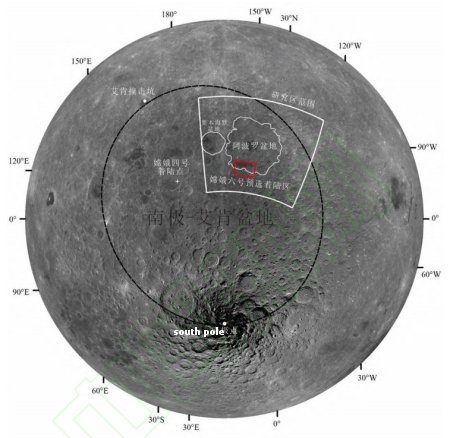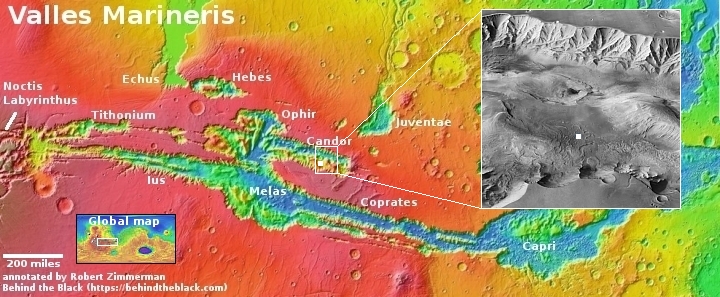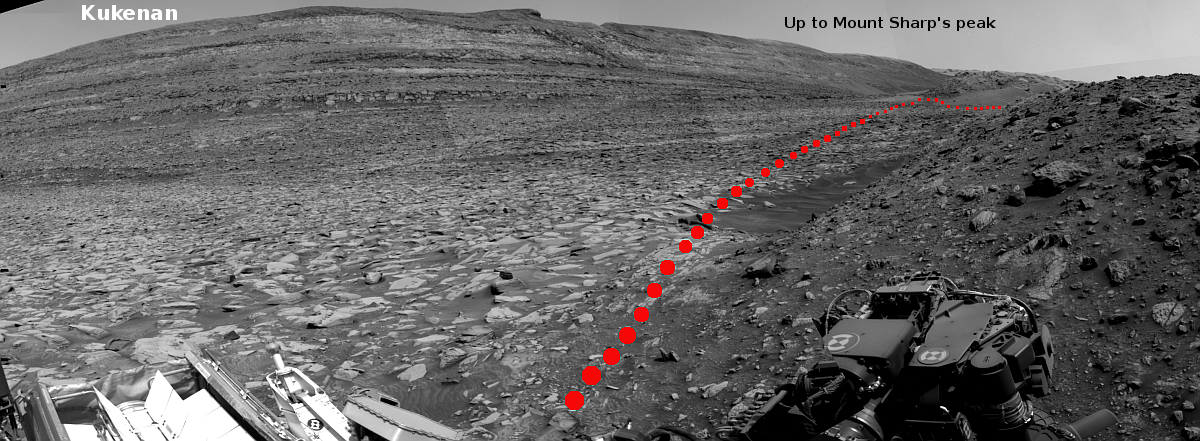Chang’e-6 enters lunar orbit

China’s Chang’e-6 sample return spacecraft successfully entered lunar orbit today, in preparation for its mission to land and bring back material from the the far side of the Moon. The landing zone is indicated by the red box on the map to the right, on the southern rim of Apollo Crater in the southern hemisphere. That crater is inside South Aitkin Basin, one the Moon’s largest impact basins.
The spacecraft will next adjust its orbit to prepare for sending its lander-ascender sections down to the surface. If the landing goes well, it will drill into the surface, place some material into the ascender section, which will then lift-off and dock with the orbiter-return section in orbit. The material will be transferred into the return section, which will separate and bring the material back to Earth, sometime in late June.

China’s Chang’e-6 sample return spacecraft successfully entered lunar orbit today, in preparation for its mission to land and bring back material from the the far side of the Moon. The landing zone is indicated by the red box on the map to the right, on the southern rim of Apollo Crater in the southern hemisphere. That crater is inside South Aitkin Basin, one the Moon’s largest impact basins.
The spacecraft will next adjust its orbit to prepare for sending its lander-ascender sections down to the surface. If the landing goes well, it will drill into the surface, place some material into the ascender section, which will then lift-off and dock with the orbiter-return section in orbit. The material will be transferred into the return section, which will separate and bring the material back to Earth, sometime in late June.












